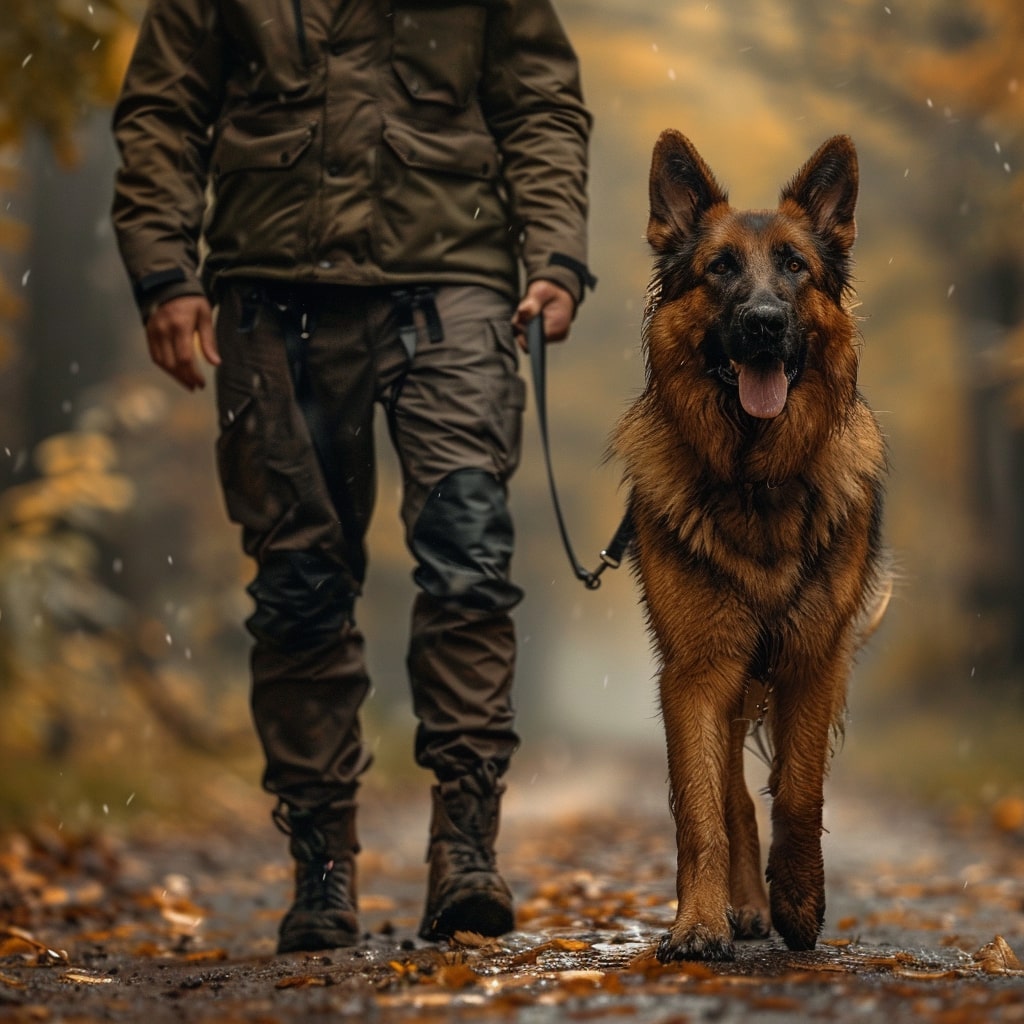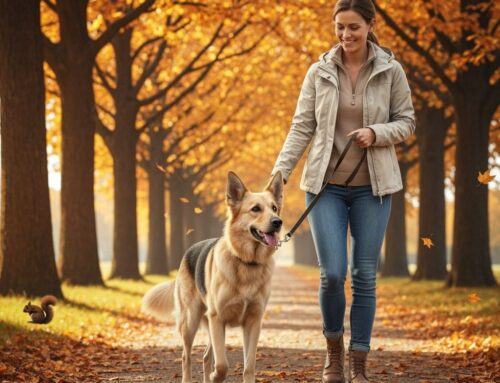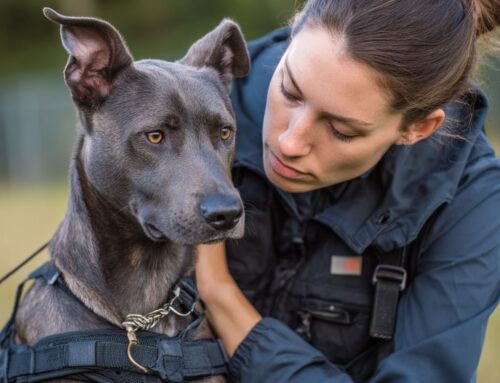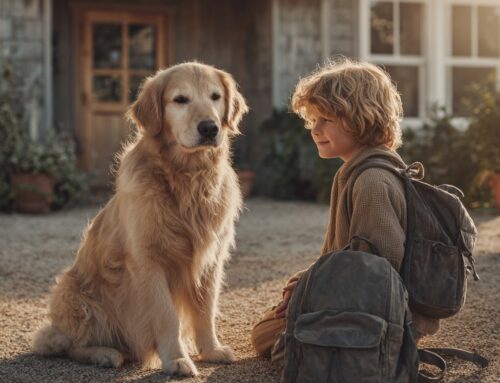Leash training is a fundamental skill that every dog should learn. Not only does it ensure your dog’s safety, but it also makes walks more enjoyable for both of you. While it may seem challenging at first, with patience, consistency, and the right techniques, your dog can become a well-behaved walking companion. There are many effective methods for helping leash train your dog, we’ll also get into troubleshooting common issues, and training tips for ensuring long-term success for you as the dog parents and your pup.
Start Indoors
The initial stages of leash training should begin in a familiar environment. Starting indoors helps your dog get accustomed to the leash without the overwhelming distractions of the outside world. Begin by allowing your dog to sniff and explore the leash. Attach it to their collar and let them drag it around the house. This helps them get used to the feel and presence of the leash.
Introduce the Leash Gradually
Before heading outside, it’s important to introduce the leash gradually. Allow your dog to get comfortable with the leash by letting them wear it for short periods indoors. Engage them in play or give them treats while they wear the leash to create positive associations. Gradual introduction reduces any fear or anxiety they may have towards the leash. And later helps when you want to do loose leash training and eventually off-lease training, it’s better to begin training slow and gradually for your dog to get the hang of wanting to be on the leash and later off the leash.
Positive Reinforcement
Positive reinforcement is one of the most effective training methods. Reward your dog with treats, praise, and affection when they exhibit good behavior on the leash. For example, if they walk beside you without pulling, offer a treat and verbal praise. Positive reinforcement encourages your dog to repeat those good behaviors, making the training process more effective and enjoyable for both of you.
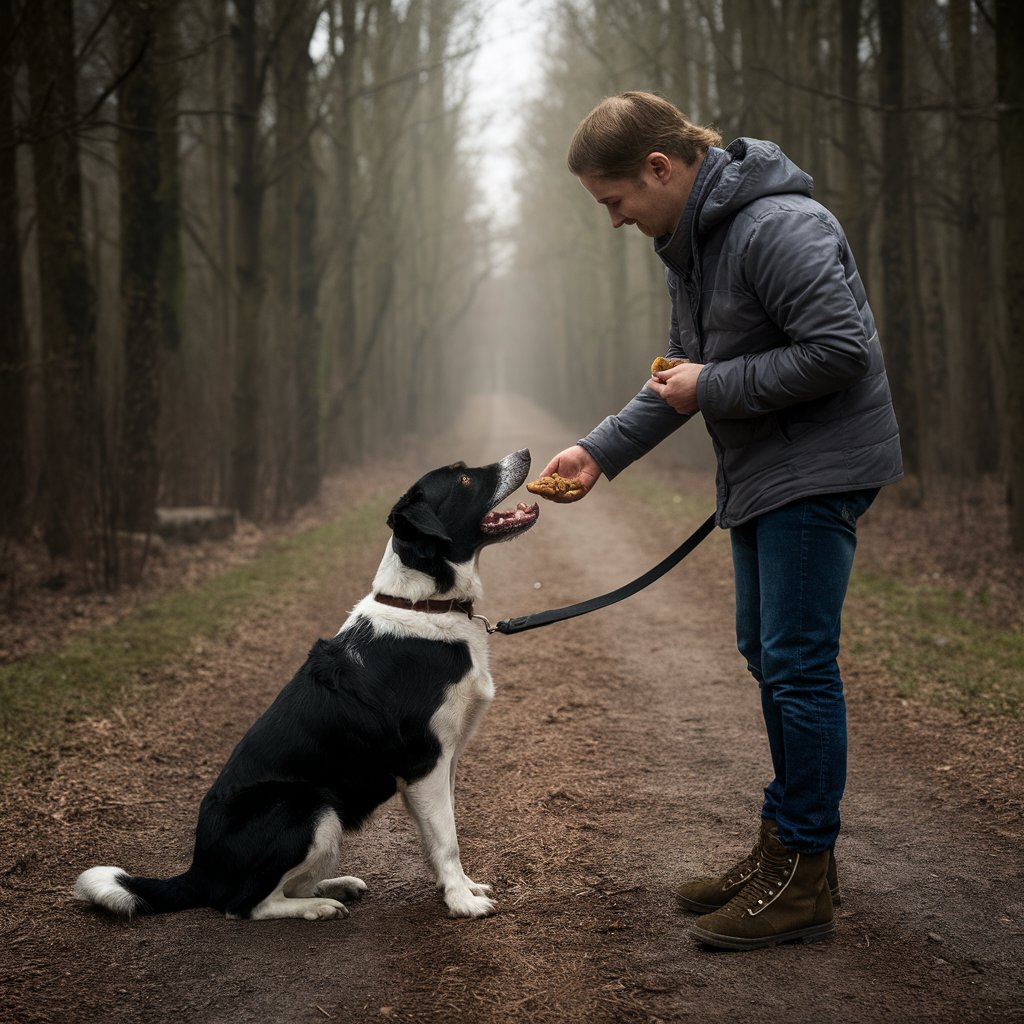
Short Sessions
Keep initial training sessions short, around 5-10 minutes. Dogs, especially puppies, have short attention spans and can become bored or frustrated with long training sessions. Short, frequent sessions help maintain their interest and enthusiasm for leash training and dog walks.
Teach Basic Commands
Before diving into leash training, ensure your dog understands basic commands like “sit,” “stay,” and “come.” These basic commands can be extremely helpful during leash training. For instance, teaching your dog to sit and stay can help calm them down before attaching the leash or when they become overly excited during dog walking.
Walk at Your Pace
Encourage your dog to walk beside you by keeping a steady pace. If your dog decides to pull ahead, stop walking and wait for them to return to your side before you start walking again. This teaches your dog that pulling will not get them where they want to go and that walking calmly beside you is more rewarding.
Change Directions
If your dog starts pulling, change directions. This technique teaches your dog to pay attention to you and follow your lead. Each time your dog pulls, turn and walk in the opposite direction. This may seem tedious initially, but it helps reinforce the idea that they need to pay attention to your movements.
Be Patient and Consistent
Consistency is key in leash training. Practice regularly and be patient with your dog’s progress. Some dogs may take longer to learn than others, but with consistent effort and positive reinforcement, they will eventually get the hang of it. Avoid getting frustrated or angry, as negative emotions can hinder the training process.
Avoid Tugging or Yanking
Never yank or tug on the leash. This can cause injury and create negative associations with leash training. Instead, use gentle corrections and positive reinforcement to guide your dog. If your dog pulls, stop walking and wait for them to return to your side before resuming.
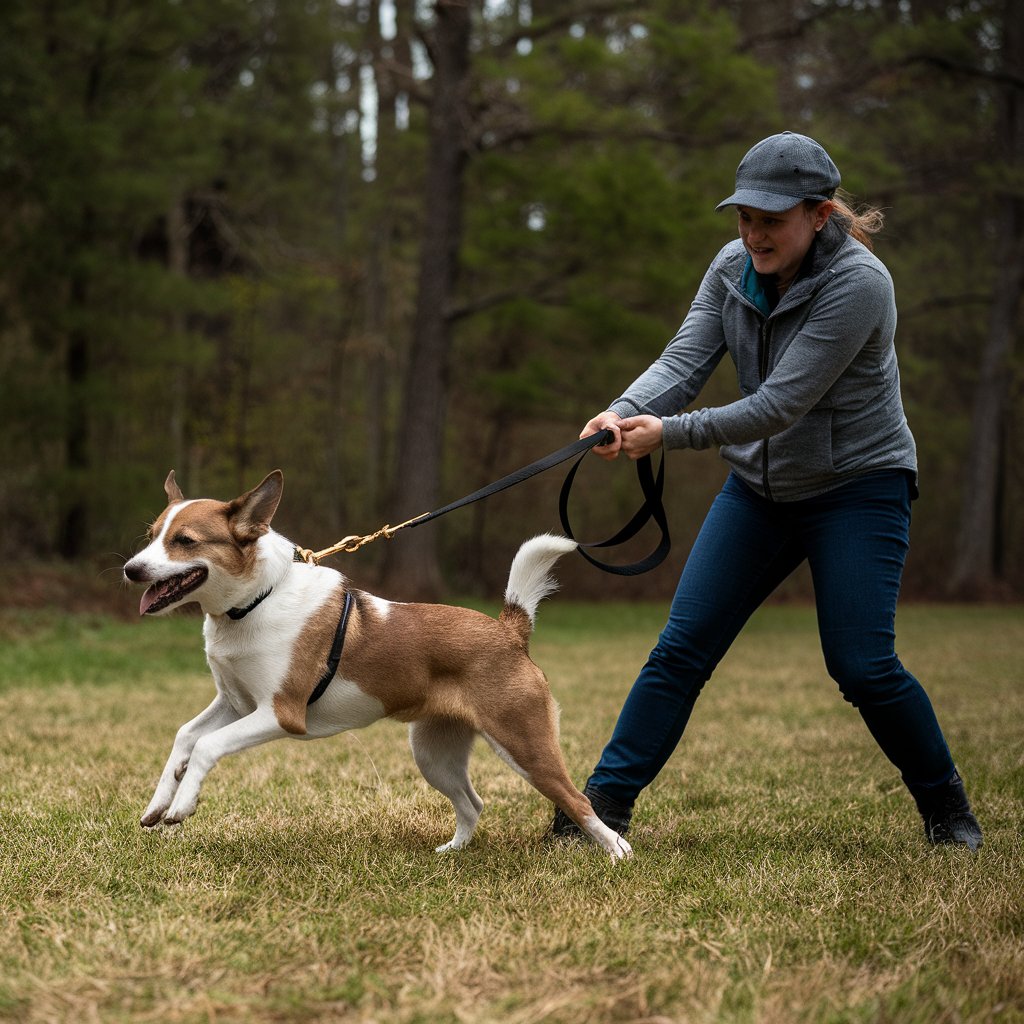
Socialize Your Dog
Socialization plays a crucial role in leash training. When you train dogs, you’ll want to expose your dog to different environments, sounds, and smells gradually. Socialization helps your dog become more comfortable and less distracted during walks. Start with quiet areas and gradually introduce more stimulating environments as your dog becomes more confident.
Use Leash Training Tools
Training tools like a clicker can be useful for marking good behavior. A clicker allows you to communicate with your dog precisely when they’ve done something right, followed by a treat or praise. Additionally, consider using training aids. These tools can provide extra control and make the training process easier.
Leash Training: Troubleshooting Common Issues
Pulling
One of the most common issues during leash training is pulling. If your dog continues pulling on the leash, stop walking immediately. Wait for your dog to return to your side and calm down before resuming the walk. You can also use the change of direction technique, where you turn and walk in the opposite direction each time your dog pulls. Over time, your dog will eventually learn that pulling does not get them where they want to go and will stop pulling and start walking with you.
Lagging Behind
If your dog lags behind, use an excited voice and treats to encourage them to walk with you. You can also crouch down and call them enthusiastically. Make the experience fun and rewarding for them to stay by your side.
Distractions
Dogs can get easily distracted by other animals, people, or interesting smells. Practice in low-distraction environments initially and gradually introduce more distractions as your dog becomes more confident on the leash. Use treats and praise to keep their focus on you and reward them for ignoring distractions.
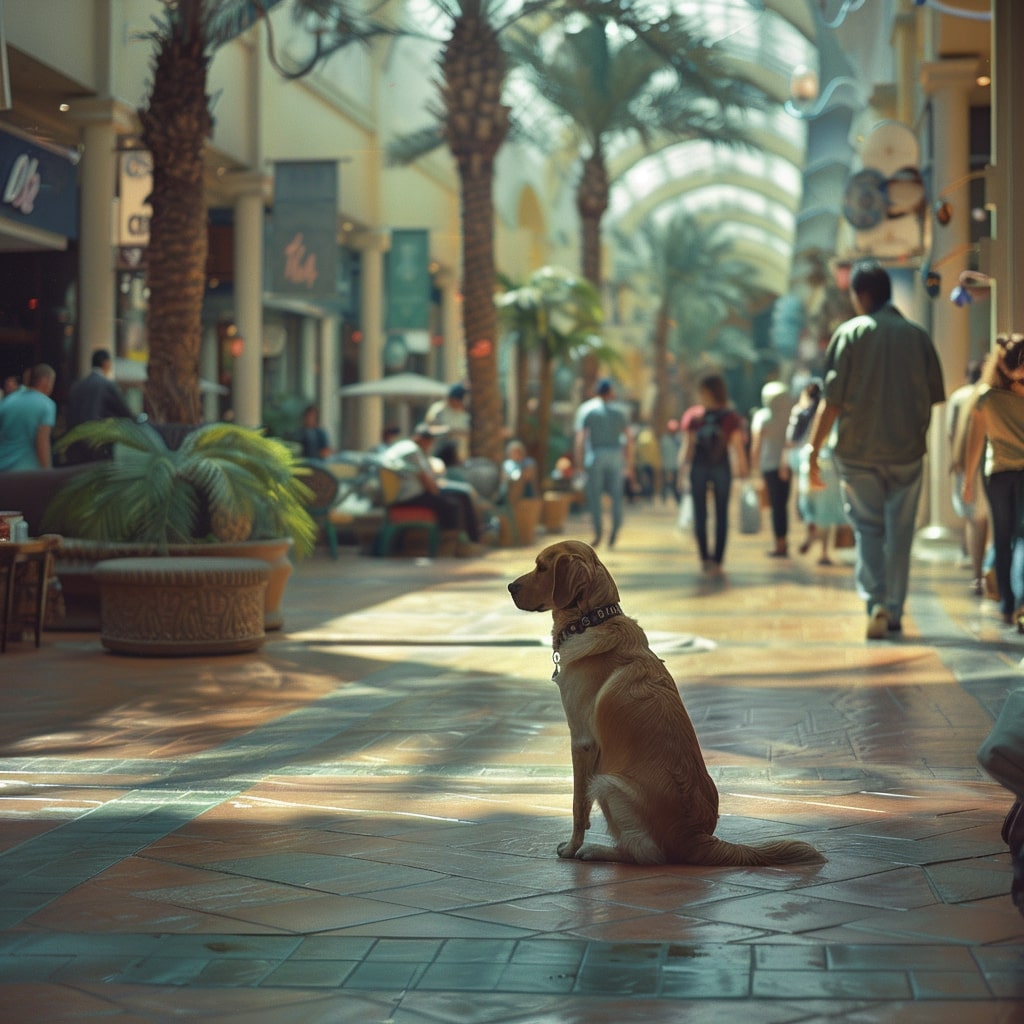
Long-Term Success in Leash Training Your Dog
Leash training is not just about the initial stages; it’s about ensuring long-term success and maintaining good behavior throughout your dog’s life. Here are some tips for long-term success in your dog training.
Regular Walks
Consistency is key to maintaining good leash behavior. Regular walks reinforce the training and help your dog stay accustomed to walking on a leash. Aim for daily walks to keep your dog’s leash skills sharp.
Keep Training Sessions Positive
Always end training sessions on a positive note. If your dog is struggling, try to end with a command they know well and can succeed at. This leaves them feeling confident and looking forward to the next session.
Continue Socialization
Ongoing socialization helps your dog remain comfortable in different environments. Regularly expose your dog to new places, people, and other dogs. Positive socialization experiences reinforce good leash behavior and reduce anxiety during walks.
Adapt to Your Dog’s Needs
As your dog grows and their behavior changes, adapt your training methods to suit their needs. Some dogs may require more frequent reinforcement, while others may need additional challenges to keep them engaged. Pay attention to your dog’s behavior and adjust your training accordingly. Every dog is unique and you want to make sure that you listen to your dog during training and cater the best training program for their needs.
Stay Calm and Confident
Your dog can sense your emotions. Staying calm and confident during walks helps your dog feel secure and more likely to follow your lead. If you’re anxious or frustrated, your dog may become anxious as well, making leash training more difficult.
Join a Training Class
If you’re struggling with leash training or want additional support, consider joining a dog training class. Professional trainers can provide valuable insights and personalized advice to help you and your dog succeed. Group classes also offer socialization opportunities and a controlled environment for practicing leash skills.
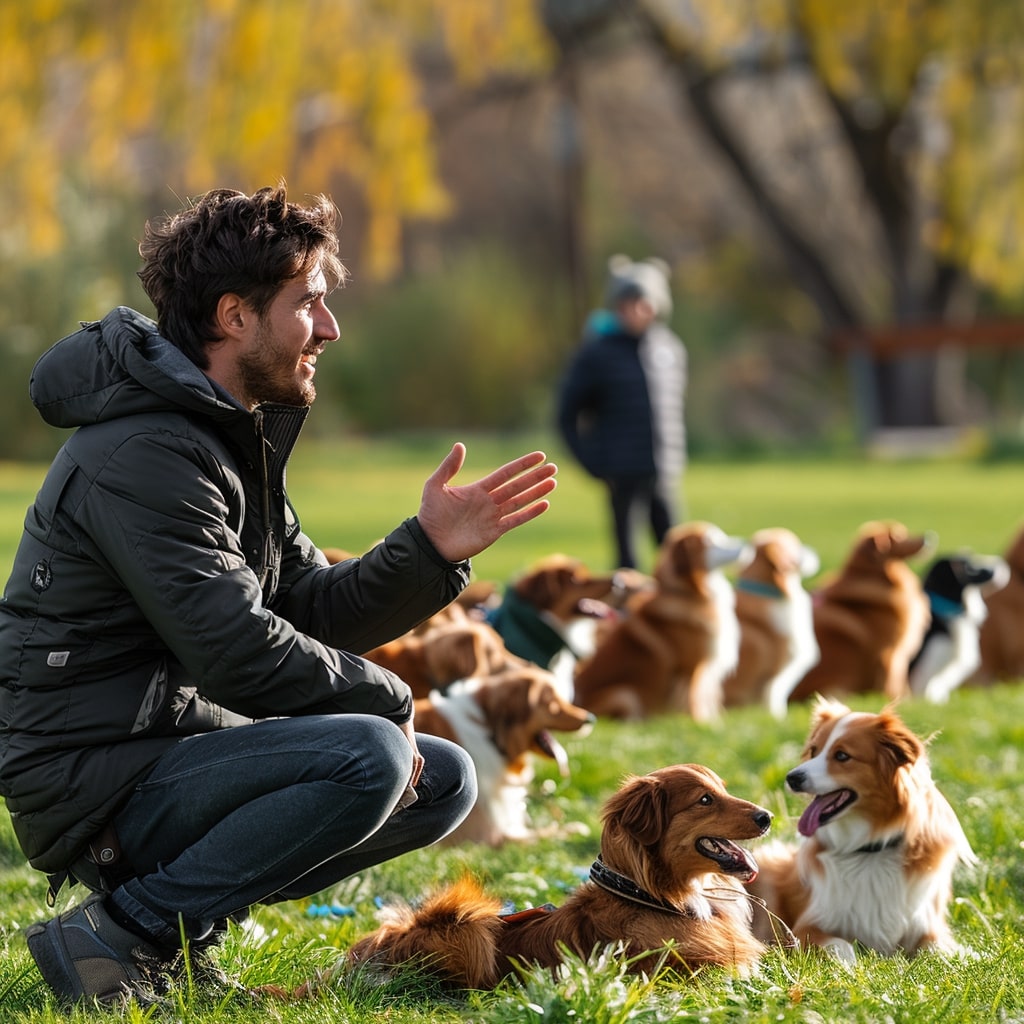
Training Tips to Leash Train Your Dog
Leash training is a crucial aspect of responsible dog ownership. It ensures your dog’s safety, enhances your bond, and makes walks more enjoyable for both of you. By starting indoors, introducing the leash gradually, using positive reinforcement, and practicing patience and consistency, you can effectively train your dog to walk nicely on a leash. Remember to troubleshoot common issues with gentle corrections and rewards, and focus on long-term success by maintaining regular walks and ongoing socialization. With time and effort, your dog will become a well-behaved walking companion, making every walk a pleasant experience.
For those seeking professional assistance, Performance K9 Training and Boarding offers a comprehensive Basic Behavior Modification program. This program focuses on teaching dogs to walk politely on a leash, ensuring they do not pull and maintain the correct position. All skills in this program are learned under partial distraction and partial off-leash conditions, providing a balanced training environment. Additionally, dogs will learn other essential commands, laying a solid foundation before progressing to the Advanced Behavior Modification program. To get started, contact Performance K9 Training and Boarding for a free consultation to discuss your dog’s specific needs for dog training and how their programs can help. This structured approach ensures that dogs not only master basic leash manners but also develop a well-rounded set of obedience skills for more advanced training. Make sure to contact Performance K9 Training and Boarding today and let’s help get your dog the best training it deserves!



